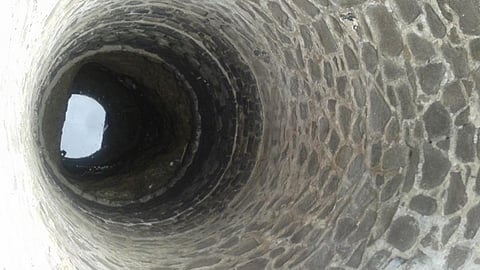
- Topics
- Feature
- Opportunities & Events
- Data
- Hindi Portal
- Topics
- Feature
- Opportunities & Events
- Data
- Hindi Portal

Maharashtra is the fourth state following Karnataka, Chattisgarh, and Madhya Pradesh to seek out relief from the Union government thanks to more than 15,000 of its villages across Marathwada and parts of Western Maharashtra reeling under drought in 2015 [1]. Though the Centre has approved an amount of Rs 3050 crore, the task ahead seems challenging.
This is the second year of drought in Maharashtra, and it has affected almost 34% of the state [
The socio-political background of the region has further worsened this situation with water guzzling sugarcane plantations still being cultivated in water scarce regions. Only a few villages have successfully tackled drought this year through rainwater harvesting; often, planned or systematic efforts to use groundwater responsibly do not materialise, thus making efforts successful only at some places.
Participatory Groundwater Management (PGWM) becomes an important approach in this context as it looks at groundwater as a common pool resource rather than as a source.
Groundwater Survey and Development Agency (GSDA) and Arghyam recently organised a meeting to discuss and understand earlier learnings from PGWM efforts, and to explore the possibility of these being incorporated in the long term planning of initiatives such as the Jalayukt Shivar Yojana that aims to handle the groundwater crisis in Maharashtra.
What is different about PGWM?